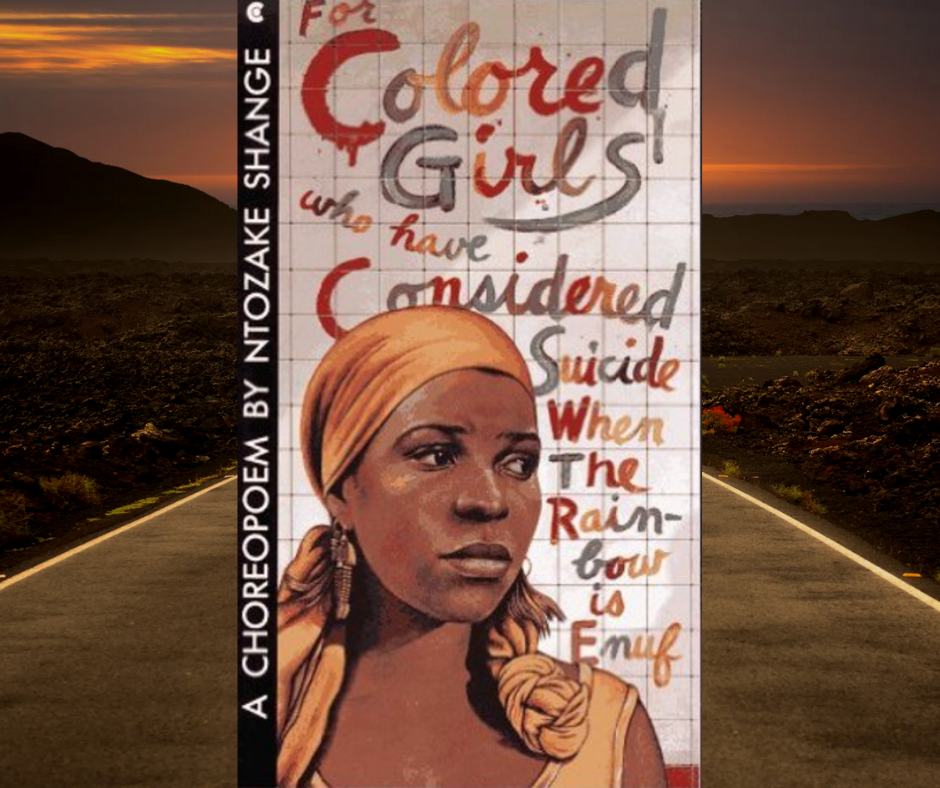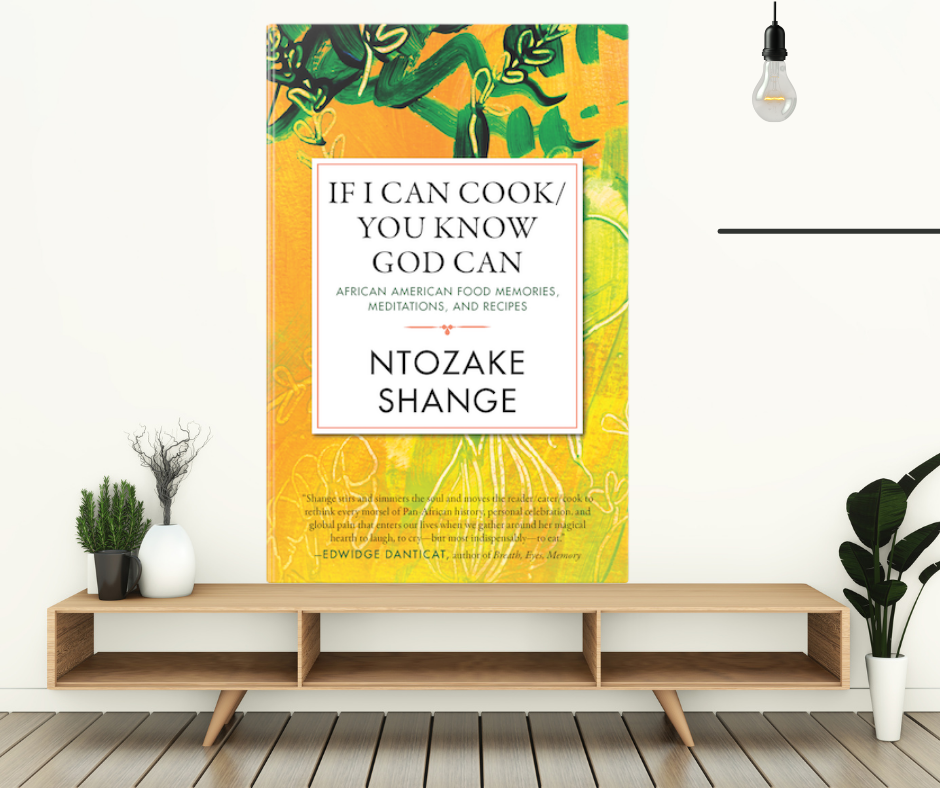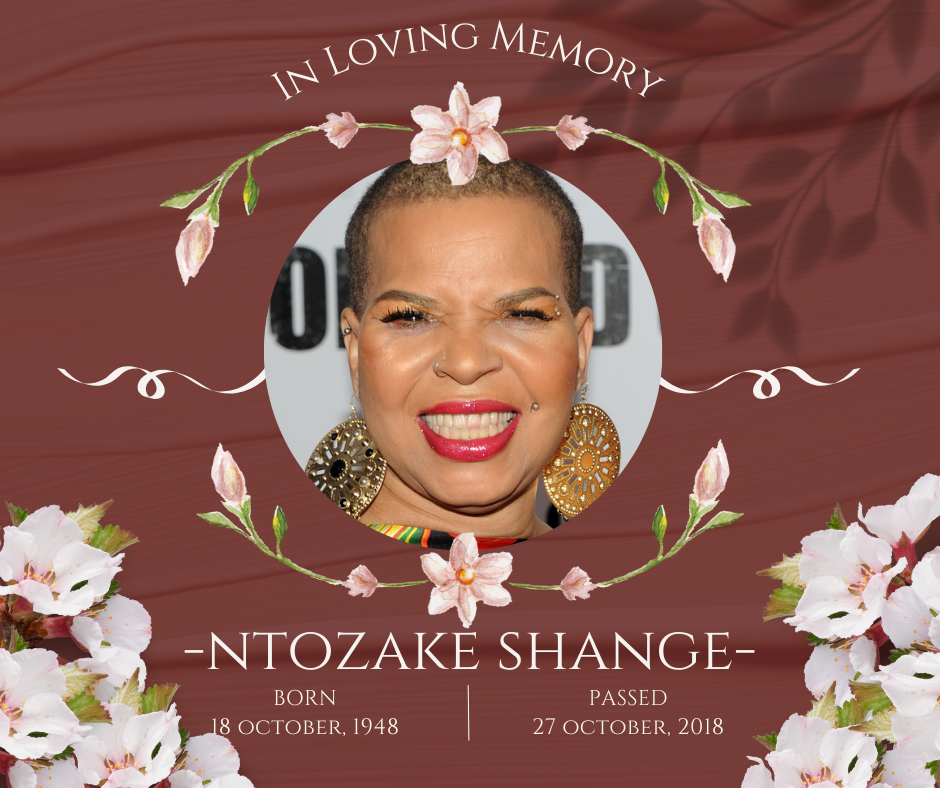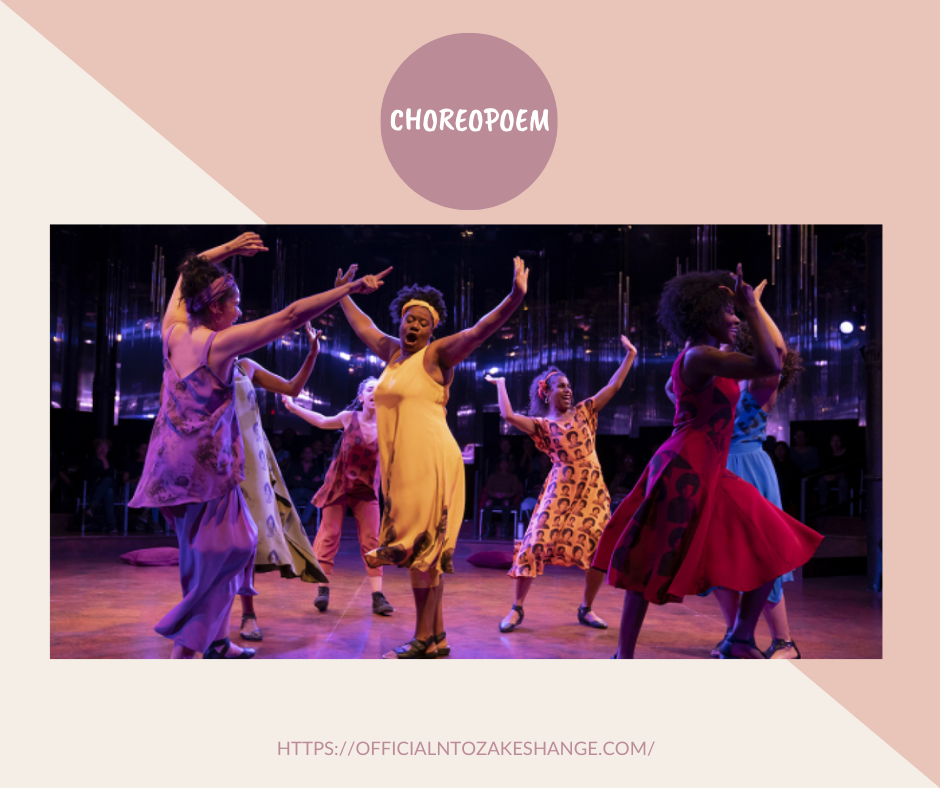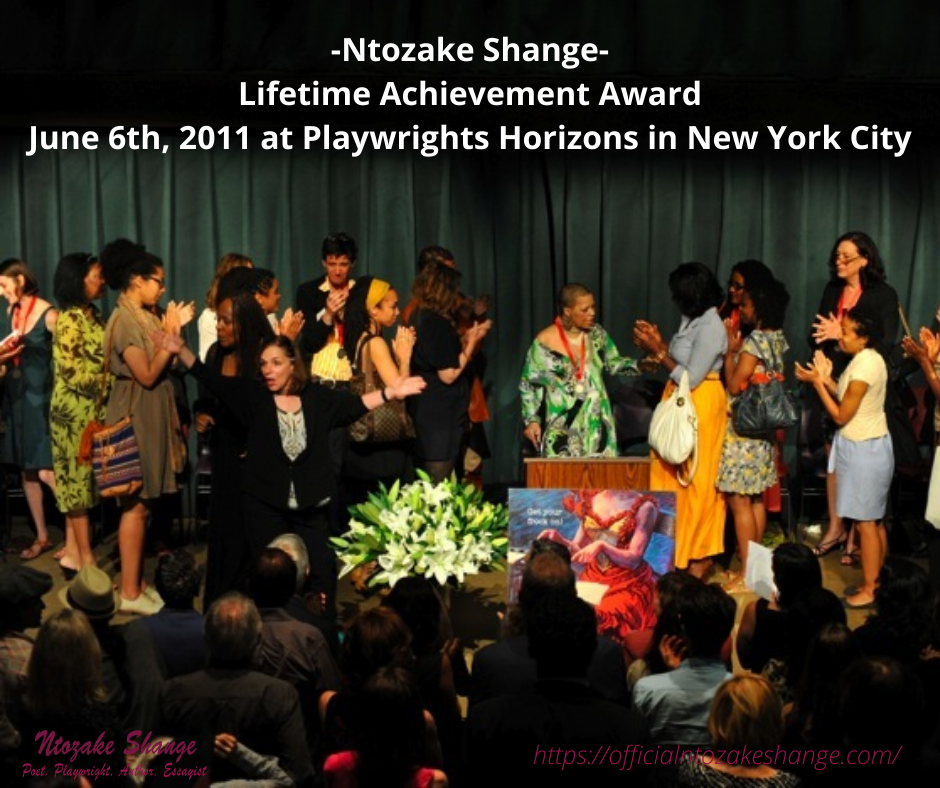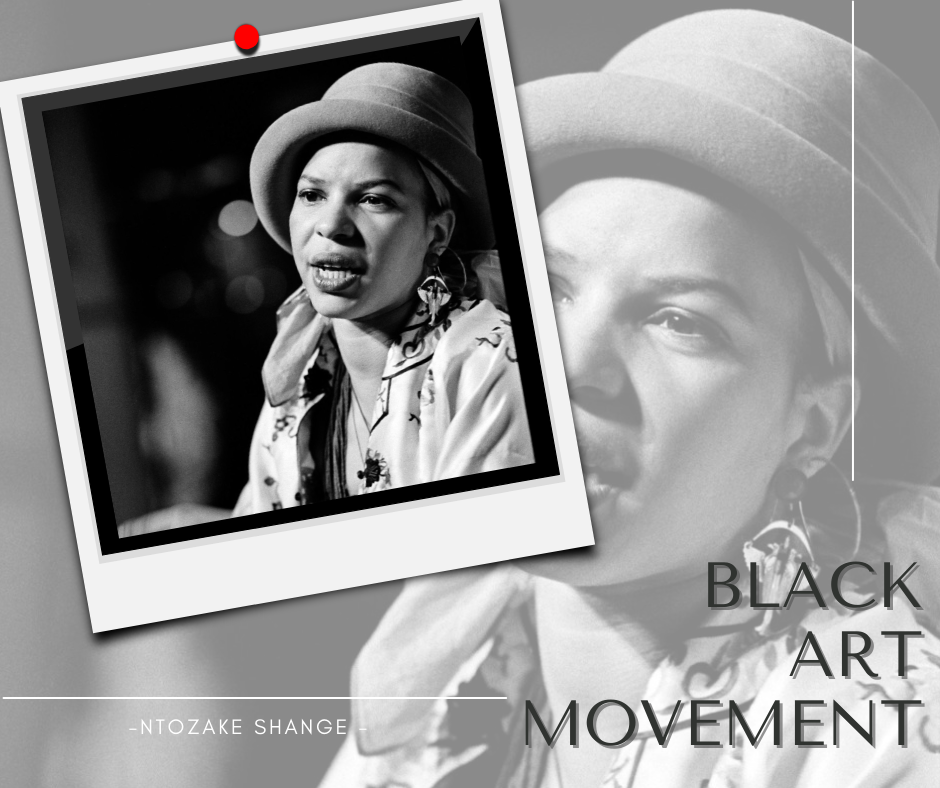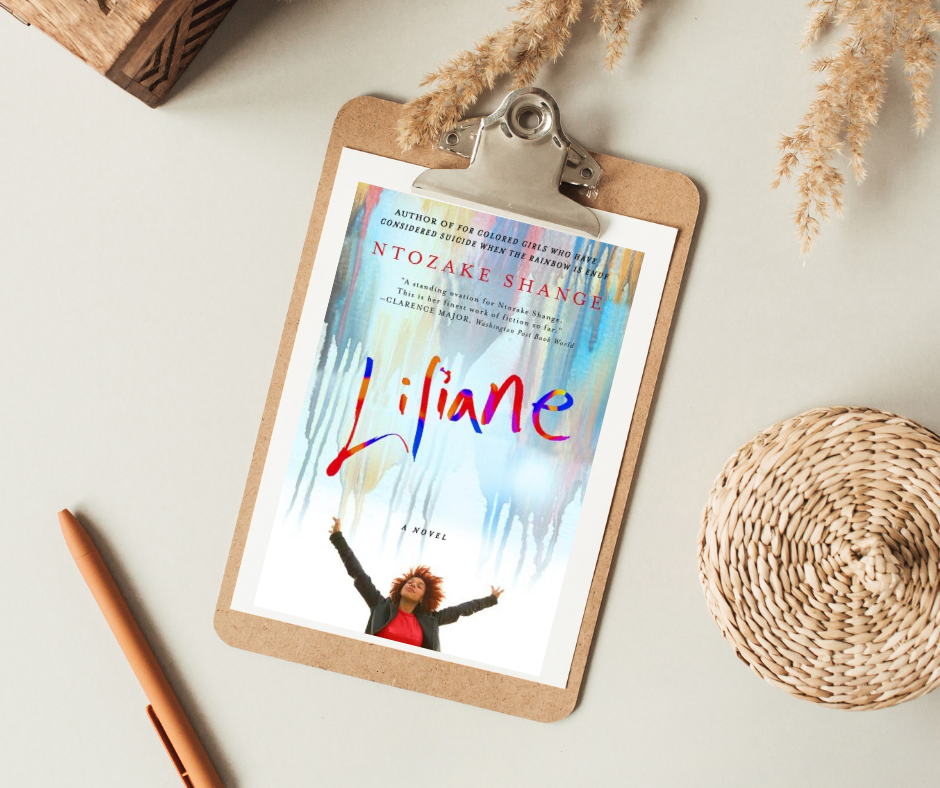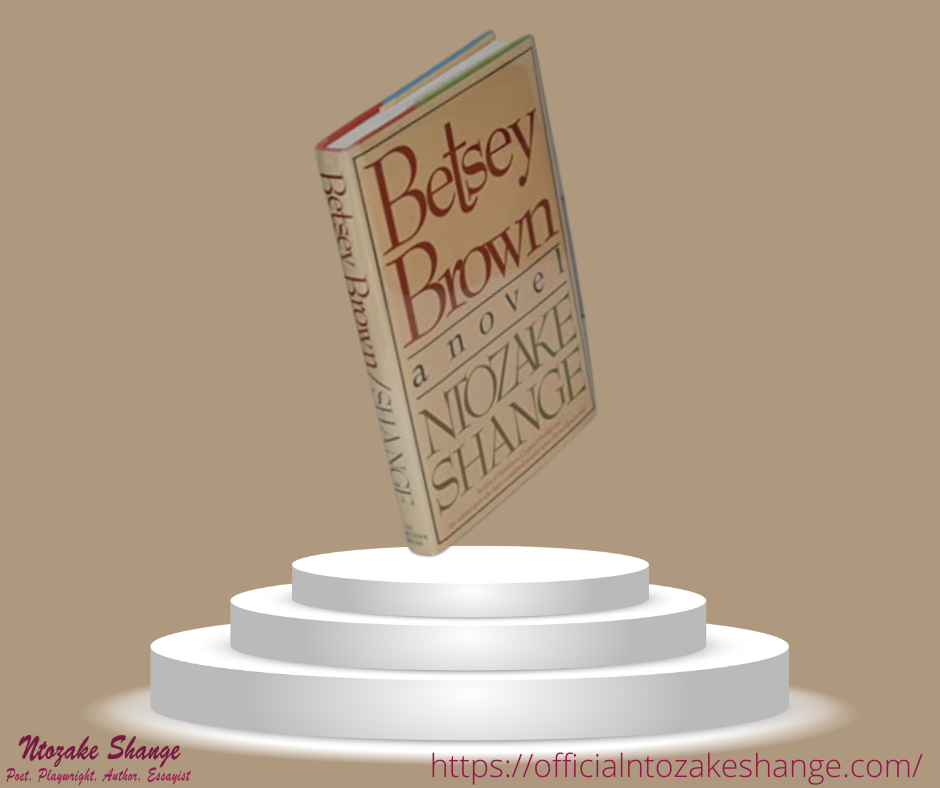The Legacy of Ntozake Shange
Remembering Ntozake Shange: Lost In Language & Sound

For Black History Month, I’m celebrating the legacy of my late sister Ntozake Shange. Did you know that her classic play for colored girls who have considered suicide/when the rainbow is enuf is the longest running Broadway play by a Black playwright in the history of Broadway? Starting in September 1976, for colored girls ran for a record 742 performances, surpassing the record of 530 performances set in 1959 by the great Lorraine Hansberry’s A Raisin in the Sun.
But for colored girls was more than just a Broadway play. It was a true demarcation in cultural, literary and Broadway history. A cultural phenomenon that empowered women and disrupted what was then the standard concept of a play. Indeed, Ntozake coined her new art form a Choreo-poem, performative writing that blends poetry, dance, music and more. This new art form has found life in theater works and performances in our country and all across the globe.
Did you also know that Ntozake left a treasure trove of work including over 60 published works? A volume of her unpublished works, Sing A Black Girl’s Song, was published in 2022. While another book, Dance We Do, was also published posthumously in 2020.
One of her works I find to be surprisingly interesting and provocative, Lost In Language & Sound or how I found my way to the arts, is a collection of essays written by Ntozake and first published in 2011. You might think a series of essays about her life, her approach to her craft and ruminations on the development of for colored girls would be pedantic.
But you would be wrong. Lost In Language & Sound is a gorgeously written study of an artist’s self-reflection on family, art, history and just what it meant to her to be a part of a rich history and culture grounded in the arts and her blackness.
The audiobook version of Lost In Language & Sound is an absolute delight to hear aloud. You’ll
find that Ntozake‘s words inspire a different reaction from just reading them. The spoken word triggered new reminiscences and imagery for me that I didn’t experience with reading the written word alone.
So, if you are the least bit intrigued, I suggest pulling up a copy of Lost In Language &


